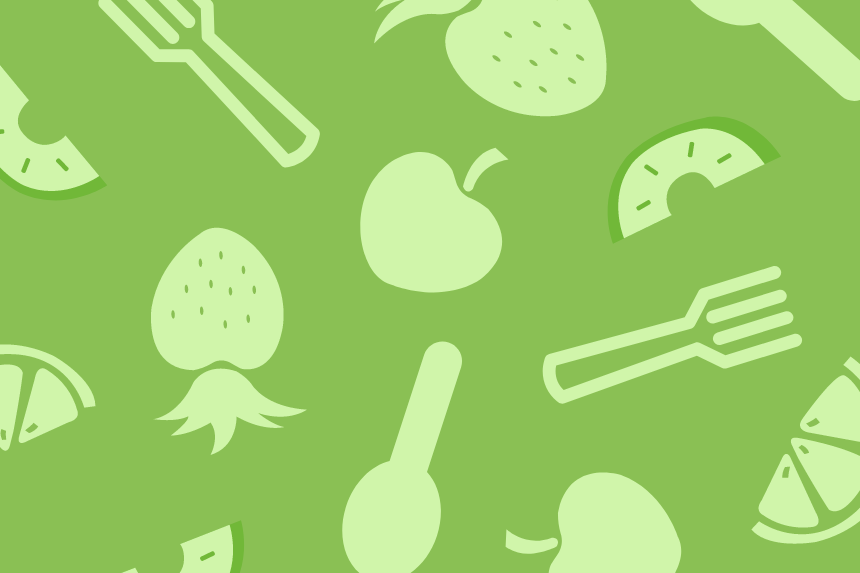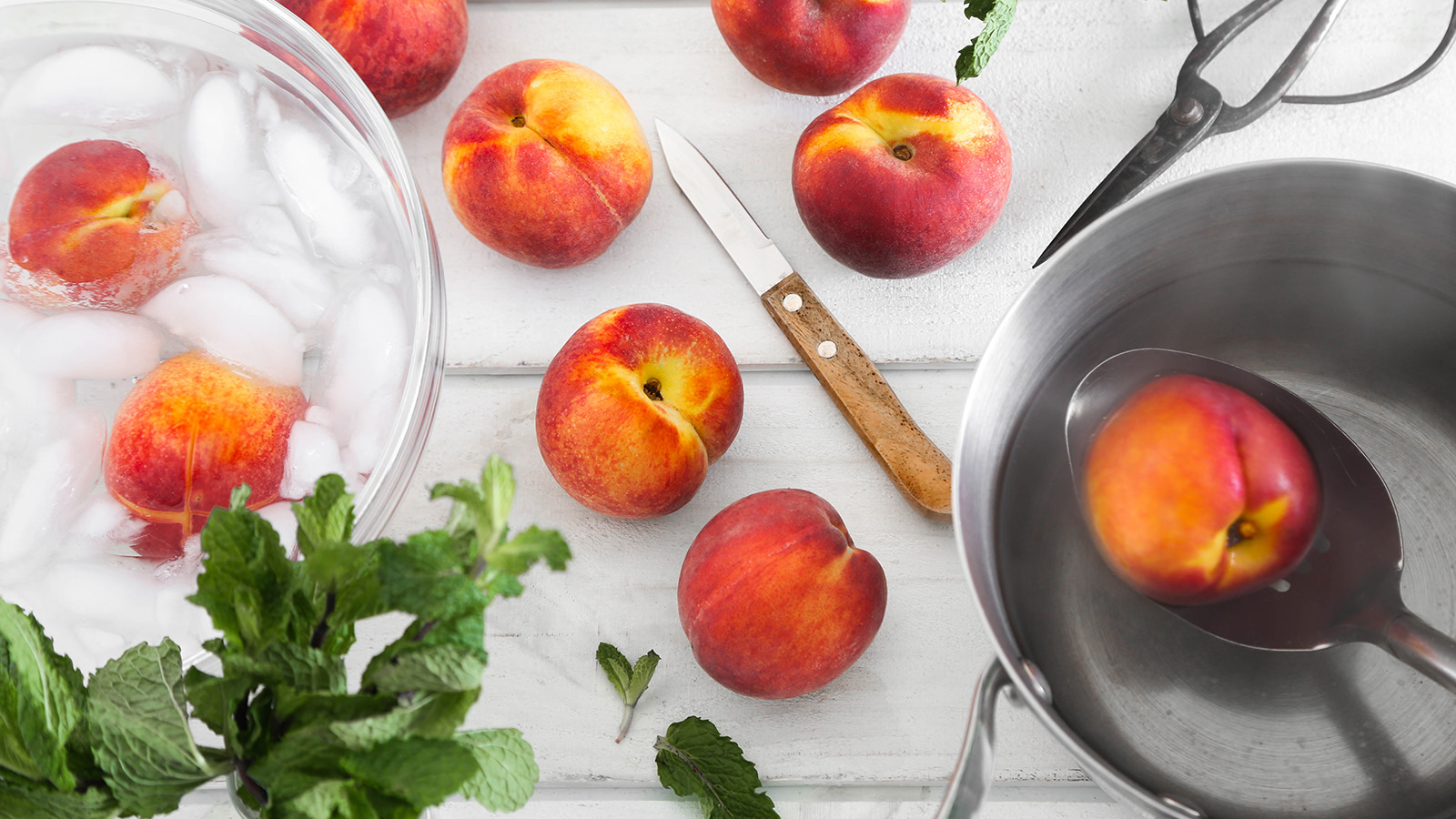Biga

- Ready In:
- 15mins
- Ingredients:
- 4
- Yields:
-
4 cups
ingredients
- 1⁄2 teaspoon active dry yeast
- 1⁄4 cup warm water
- 1 1⁄2 cups water, at room temperature
- 3 3⁄4 cups unbleached flour
directions
- Sprinkle yeast onto the 1/4 cup warm water and let stand approximately 10 minutes until creamy.
- Add rest of water, stir.
- Add flour, one cup at a time and stir.
- Mix with wooden spoon for approximately.
- 4 minutes.
- Oil a bowl three times as large as the mixture's volume and scrape dough into that bowl.
- Cover with plastic wrap and let rise 8-24 hours in a cool room or until triple in volume.
- The longer it sits, the more character it develops.
- If you let it go too long, it will take on sour overtones similar to sourdough starter as a result of the acidic by-products of yeast metabolism.
- If the room is cool enough--60-65 deg.
- F, 24 hours will yield a nice, mellow-flavored biga.
- You only need your first biga to get started.
- Then it is simply a matter of making bread at least once a week or so if you have refrigeration to keep the biga alive.
- If you don't have refrigeration, you would want to make bread every day and save a portion of the new dough you make each day as a starter for tomorrow's bread.
- Just take that portion BEFORE you add salt to the new bread dough.
- In this case, you would keep tomorrow's starter at room temperature.
- Use as you would a sourdough starter.
- For a rough guide, use approximately one cup of biga for a bread recipe calling for 7-8 cups of flour.
RECIPE SUBMITTED BY
Chef Kate
Annapolis, 60
<p>I have always loved to cook. When I was little, I cooked with my Grandmother who had endless patience and extraordinary skill as a baker. And I cooked with my Mother, who had a set repertoire, but taught me many basics. Then I spent a summer with a French cousin who opened up a whole new world of cooking. And I grew up in New York City, which meant that I was surrounded by all varieties of wonderful food, from great bagels and white fish to all the wonders of Chinatown and Little Italy, from German to Spanish to Mexican to Puerto Rican to Cuban, not to mention Cuban-Chinese. And my parents loved good food, so I grew up eating things like roasted peppers, anchovies, cheeses, charcuterie, as well as burgers and the like. In my own cooking I try to use organics as much as possible; I never use canned soup or cake mix and, other than a cheese steak if I'm in Philly or pizza by the slice in New York, I don't eat fast food. So, while I think I eat and cook just about everything, I do have friends who think I'm picky--just because the only thing I've ever had from McDonald's is a diet Coke (and maybe a frie or two). I have collected literally hundreds of recipes, clipped from the Times or magazines, copied down from friends, cajoled out of restaurant chefs. Little by little, I am pulling out the ones I've made and loved and posting them here. Maybe someday, every drawer in my apartment won't crammed with recipes. (Of course, I'll always have those shelves crammed with cookbooks.) I'm still amazed and delighted by the friendliness and the incredible knowledge of the people here. 'Zaar has been a wonderful discovery for me.</p>



